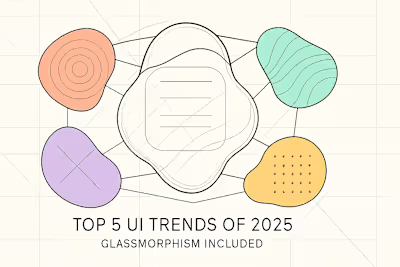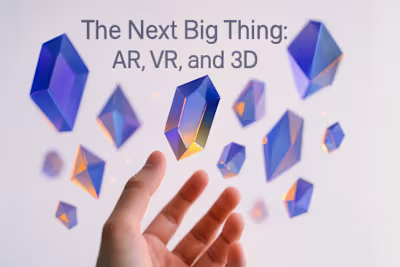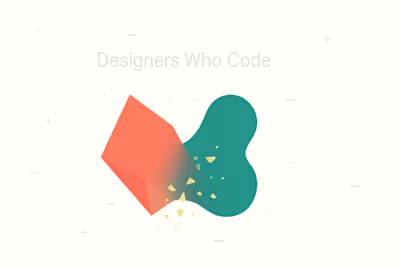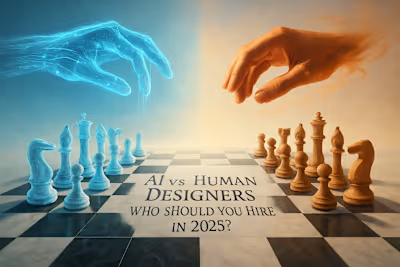Design for Everyone: Why Inclusive and Accessible Design Benefits Your Bottom Line
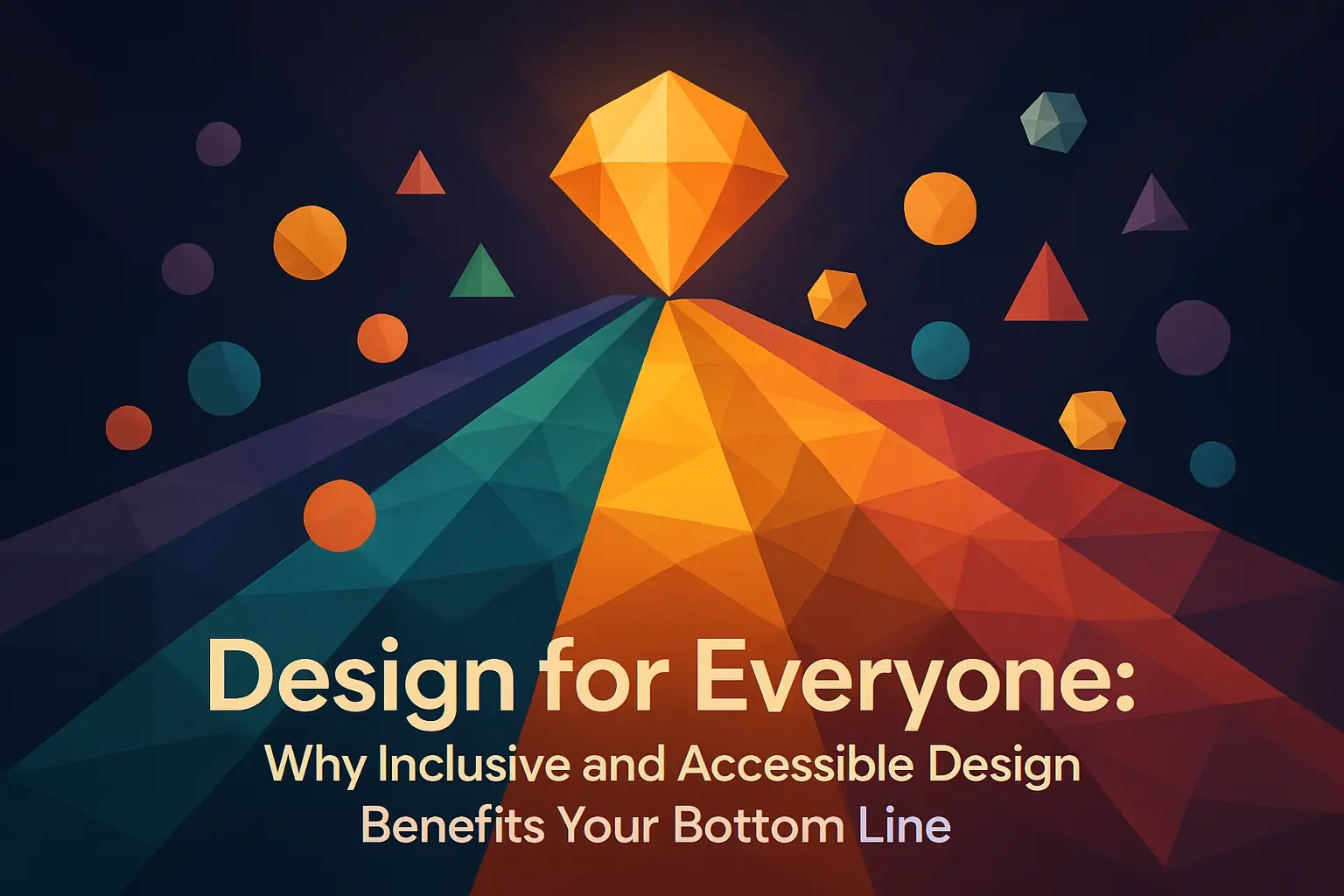
Design for Everyone: Why Inclusive and Accessible Design Benefits Your Bottom Line
What Are Inclusive and Accessible Design?
Moving Beyond the 'Average' User
The Spectrum of Ability
The Business Case for Accessibility
The Untapped Market
Boosting Your Brand Reputation
Improving SEO and Performance
Practical Steps: Accessibility in the Figma Workflow
Checking Color Contrast
Designing for Keyboard Navigation
Annotating for Screen Readers
How to Hire for an Inclusive Mindset
Key Interview Questions
What to Look for in a Portfolio
Conclusion: Accessibility as an Innovation Driver
References
Design for Everyone: Why Inclusive and Accessible Design Benefits Your Bottom Line
What Are Inclusive and Accessible Design?
Moving Beyond the 'Average' User
The Spectrum of Ability
The Business Case for Accessibility
The Untapped Market
Boosting Your Brand Reputation
Improving SEO and Performance
Practical Steps: Accessibility in the Figma Workflow
Checking Color Contrast
Designing for Keyboard Navigation
Annotating for Screen Readers
How to Hire for an Inclusive Mindset
Key Interview Questions
What to Look for in a Portfolio
Conclusion: Accessibility as an Innovation Driver
References
Posted Jul 6, 2025
Accessibility isn't just a compliance issue; it's a business opportunity. Learn how inclusive design expands your market, boosts SEO, and improves everyone's experience.





